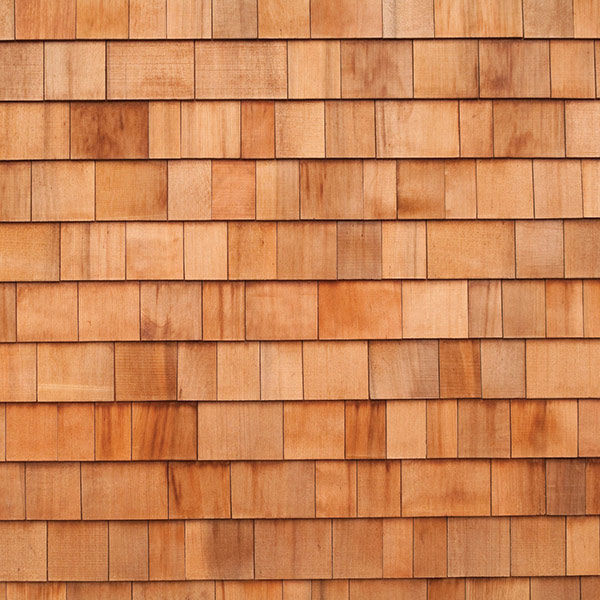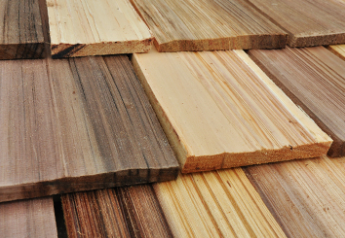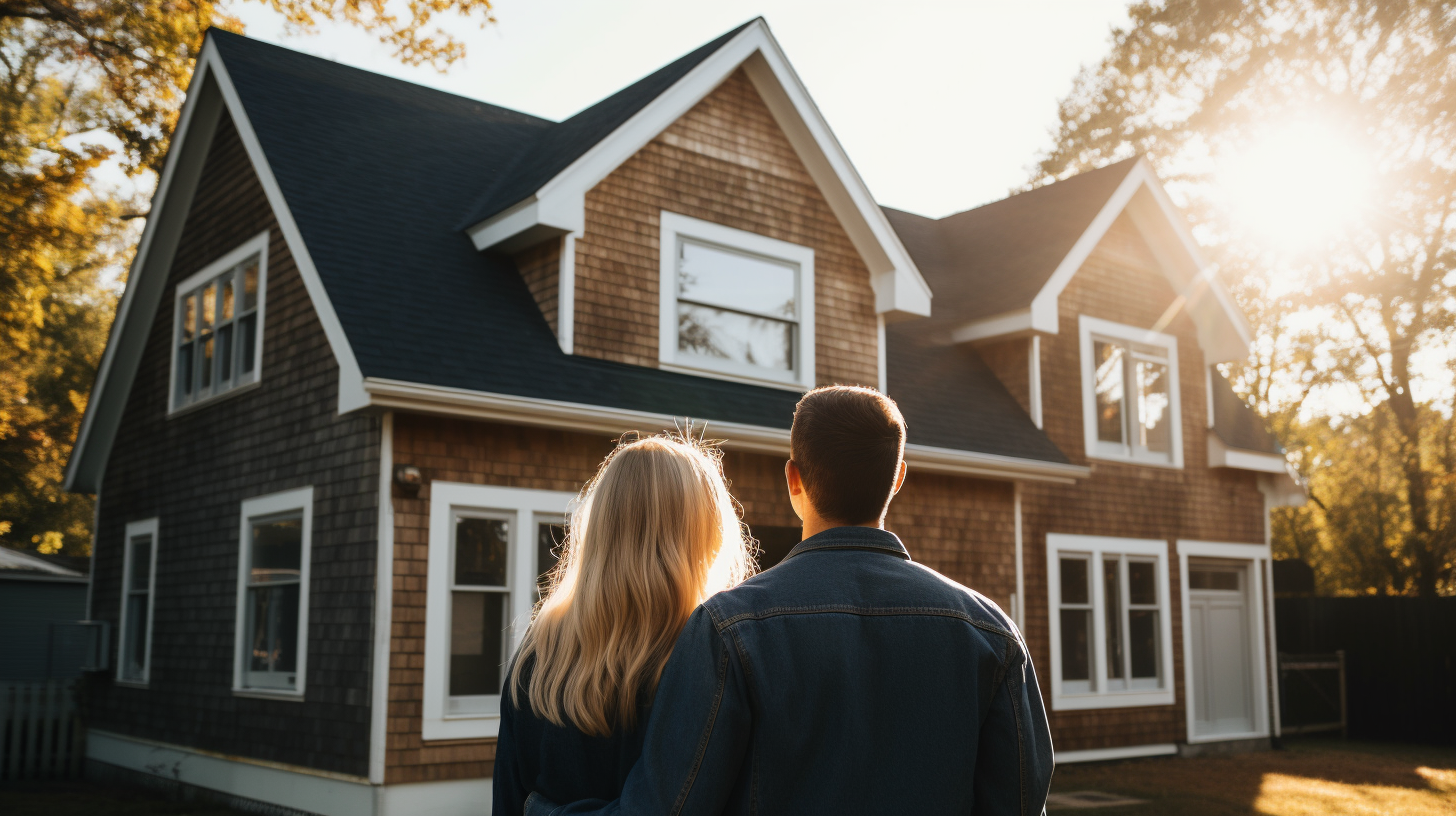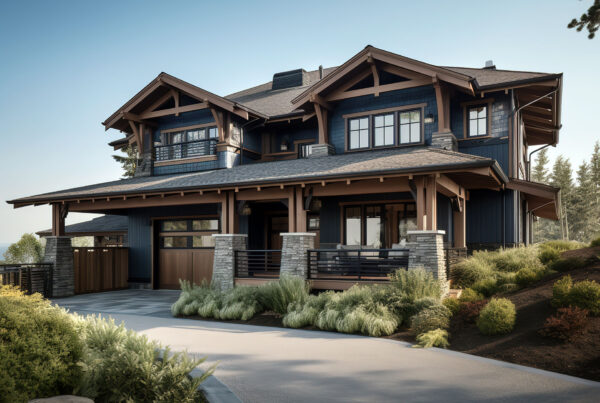Cedar shingle siding is a timeless choice for homeowners looking to enhance the beauty and durability of their homes. With its natural charm, resistance to decay, and versatility in design, cedar shingle siding offers a classic aesthetic that complements a wide range of architectural styles. Selecting the right cedar shingle siding requires careful consideration of various factors. In this beginner’s guide, we’ll delve into everything you need to know to make an informed decision about cedar shingle siding for your home.
Cedar shingle siding is sourced from western red, eastern white cedar, or Alaskan yellow trees. These shingles are cut to uniform thickness and height. Cedar shingle siding provides both aesthetic appeal and functional benefits, including insulation, durability, and resistance to insects and decay.
Types of Cedar Shingle Siding:
- Cedar Shingles: Cedar shingles are precision-cut for uniformity in size and shape, providing a more refined appearance compared to hand-split shakes. These shingles are available in various grades and textures, making them suitable for modern and contemporary homes.


2. Cedar Shakes: Cedar shakes are hand split, resulting in a rustic, irregular texture that adds character and authenticity to a home’s exterior. Shakes are typically used for roofs.
Factors to Consider When Choosing Cedar Shingles:
1. Transparent Stain: Stains add color while allowing the natural beauty of the wood to show through. The color will change over time as the wood ages. Ideal for western red cedar and Alaskan yellow.
2. Solid Color: Paint provides uniformity and a long-lasting color. Paint has a longer maintenance cycle. Ideal for eastern white cedar and Alaskan yellow.
Note: Factory applied coatings cover all sides of a shingle extending the life of the coating and wood.
3. Natural: Natural cedar shingles provide beauty and durability. Their appearance will change with time, becoming a silvery gray color. Ideal for western red cedar and eastern white cedar.
4. Durability and Maintenance: Cedar shingle siding is naturally resistant to decay, insects, and rot, but its longevity can vary depending on factors such as climate and maintenance practices. Red cedar tends to be more durable than white cedar, but both types require periodic maintenance, including staining or sealing, to protect against weathering.
5. Environmental Impact: Cedar shingle siding is a sustainable choice for siding Cedar trees are renewable resources and require minimal processing.
Steps to Take When Deciding:
1. Choose the coating: The coating you choose will determine the look of your siding and impact which type of shingle you should purchase.
2. Identify the best type of shingle for your coating: Playing to the strengths of each type of cedar will yield the best result. Making the right choice will greatly improve the performance of the coating and appearance of your siding.
Maintenance Tips for Cedar Shingle Siding:
- Regularly inspect your cedar shingle siding for signs of damage, coating erosion, and general aging.
- Clean your cedar shingle siding periodically to remove dirt, debris, and mildew using a gentle detergent and water solution.
- Reapply coatings as needed to enhance the longevity and appearance of your cedar shingle siding, taking care to follow manufacturer instructions.
- Trim vegetation and maintain adequate airflow around your cedar shingle siding to prevent moisture buildup and minimize the risk of decay.
With this information in mind, finding the best coating and cedar shingle for you can be an exciting experience!






